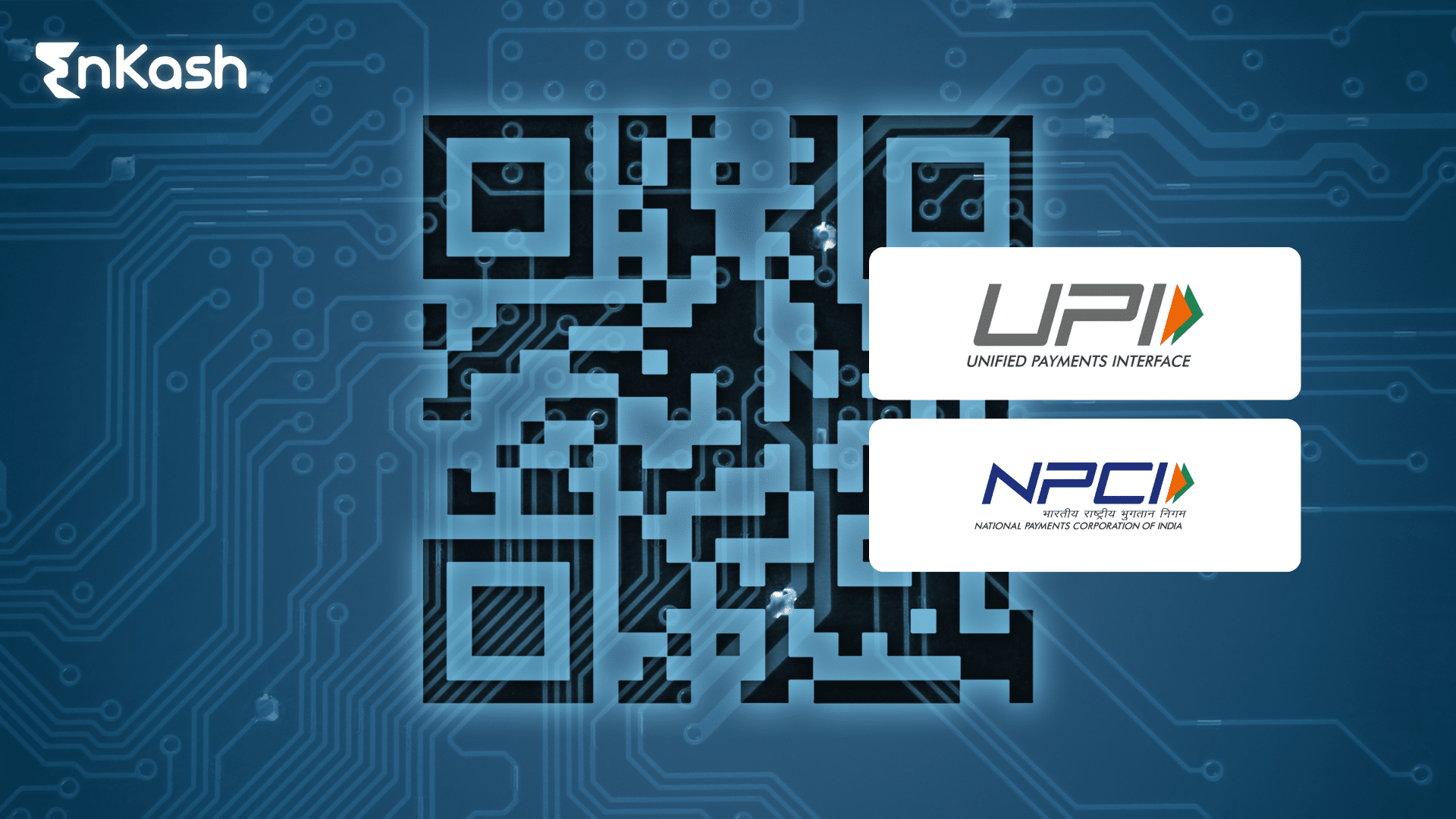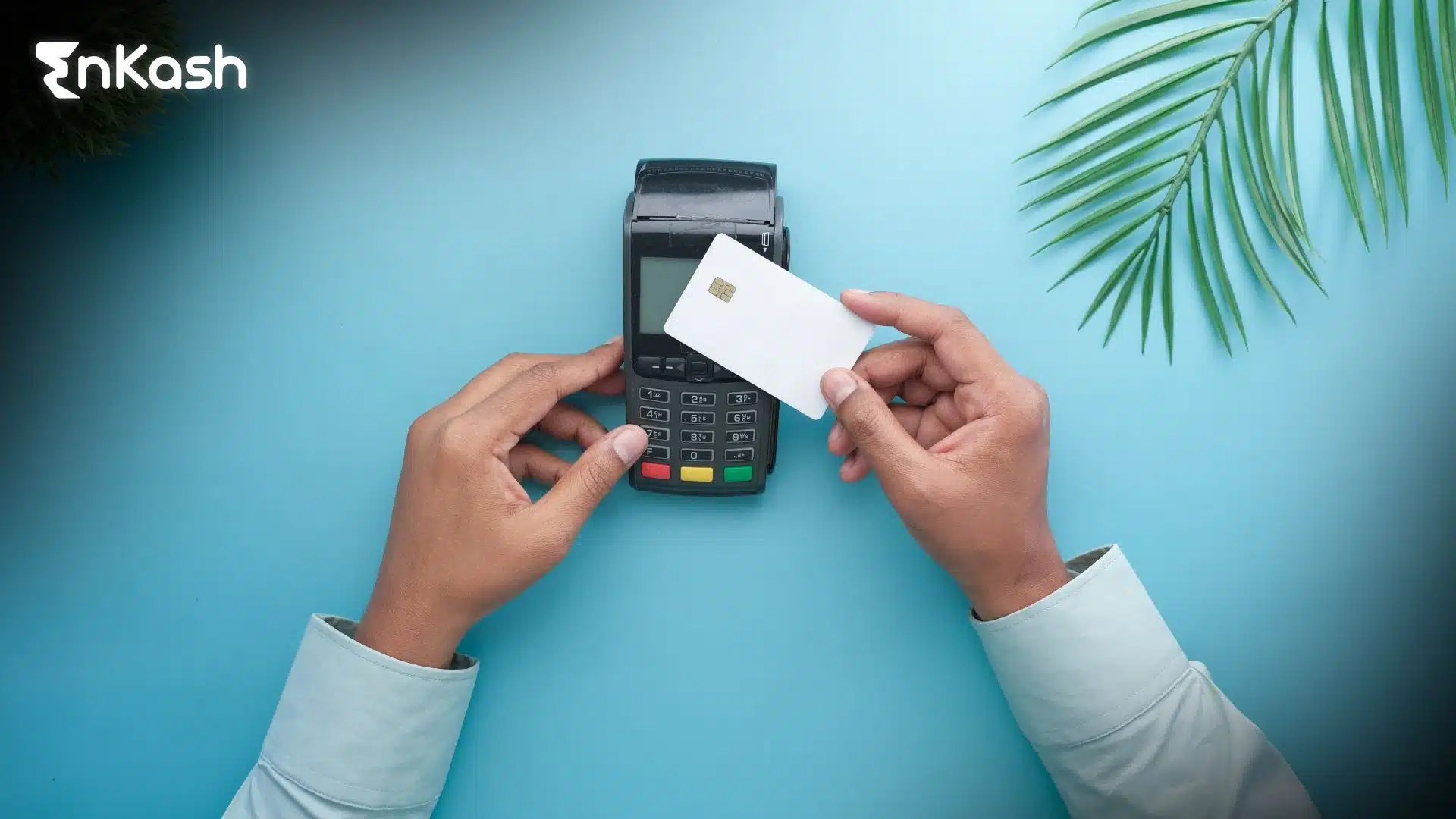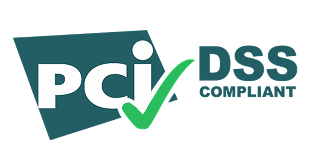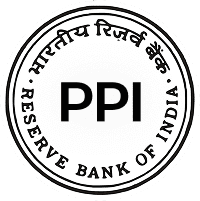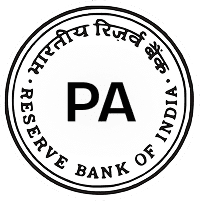Introduction
In the digital era, QR codes are not restricted to conventional blocks of black and white designs; they are mediums for seamless communication, instant payments, and marketing intelligence. From small businesses to large corporations, every entity is using QR code generator tools to simplify digital transactions and user engagement.
This guide elaborates on the creation of QR codes, including UPI, NPCI, and bulk QR code generator tools, as well as notable features to consider for all of them.
Definition & Purpose of QR Generator
A QR code generator is a digital tool, made available for online and offline use, allowing instant generation of QR codes by the end user. These two-dimensional barcodes can hold any type of data-whether a website URL, texts, contact information, or payment information-which facilitates quick and contactless data transfer through a smartphone camera or QR scanner. A modern QR code maker has features catering to varied applications-small business operators and freelancers can use UPI QR code generators to receive instant digital payments. The advanced image QR code generator lets one embed logos or images within the codes, maintaining brand identity while assuring scanability. Bulk QR code generators that help organizations generate thousands of codes quickly are useful for ticketing, product tagging, or mass campaigns. Marketers may want to share landing pages; educators may need to distribute materials, and developers may want to integrate a system through an API. In these, find QR code generators supporting several formats like PNG, SVG, along with customization and tracking features. At last, QR code generators form a bridge between digital data and real-life interaction, providing yet another layer of quick communication, smoother payment, and efficient processing.
Applications Across Industries
QR codes have become integral to fast, secure delivery systems. With the increasing accessibility of tools for QR code creation and deployment online, only only minimal technical skills are required to create an implementation of QR codes.
Payments
In the various layers of payment processing, thus, QR codes are quite disruptive. Indian businesses and customers use a QR code generator UPI to receive money through UPI. These UPI QR codes can be scanned using any wallet-based payment app, including Paytm, PhonePe, or Google Pay, thus eliminating the need to type in a mobile number or account details, reducing mistakes, and enhancing client satisfaction. However, to ensure transaction success, the QR code must be generated via a UPI-integrated platform or PSP app (e.g., Paytm for Business, PhonePe Merchant, etc.).
Marketing
Marketing is also becoming a place for QR codes to bridge between print and digital. A flyer or product label is printed with a QR code, wherein customers scan to watch a promotional video, visit an e-commerce page, register contacts, or submit a form. Through an image QR code generator, marketers can have these codes customized with brand logos and colors, thus engendering trust and recognition.
Events and Tickets
Organizers of events and venues have moved away from paper tickets. Instead, they use entry passes QR-coded for fast access and to mitigate duplication or fraud. On the other hand, QR codes are applied by educational institutions to disseminate study materials and assignments or link to online quizzes. With a quick scan, a student thereby gains instant access to the content.
Business Cards
An alternative use of this feature is to make business cards. Instead of sharing printed contact info, professionals can share a vCard QR that adds their details directly to the recipient’s phonebook.
With a trustworthy QR code creator and even a bulk QR code generator, companies can enhance the efficiency of their operations to drive engagement and improve user experience in their respective industries.
How to Create QR Code
Making a QR code is a seamless and simple procedure to carry out that anyone unwilling to get technically inclined can perform on their own. Whether you are aiming to generate a QR code for making payments, share a link on a website, or cover other personal or professional uses, a stepwise approach will ensure that your QR code works well and serves your particular need.
Here’s a step-by-step guide to easily create your QR code:
1. Choosing a QR Code Generator Platform That You Can Trust
The first thing to keep in mind is to choose a platform that is both trustworthy and efficient for generating your QR code. There are many sites scattered on the net, some good only for basic free services provided to casual users, whereas others are designed for serious businesses or heavy users who would pay for additional features. While choosing, look into ease of use, variety in customization options, security standards, output format quality, among others. In return, offering customer support and a good quality update for their features to keep pace with new standards can be a plus.
2. Select the Content Type of Your QR Code
Since a QR code can store many types of information, it is good to choose the content type correctly according to the purpose. UPI type must be formatted in a specific URI format (like upi://pay?…) for it to work with apps. Prominent types include website URL, contact card (vCard), UPI payment details, email addresses, Wi-Fi credentials for easy network access, event details like days and venue, or even plain text. By clearly defining the data you want to share, you ensure the QR code works as intended and delivers the right information to your audience.
3. Enter Your Specific Data
Upon selection of content type, you enter the exact data you want encoded in the QR code. When it is a payment QR code, enter your UPI ID very carefully. For marketing purposes, paste the exact URL of your promotional webpage. At this point, precision is the watchword; any typo or wrong data entered can cause failed scans or misdirected users, thus completely defeating the purpose of a QR code.
4. Customize the QR Code Design
Customization helps your QR code stand apart and gives it more focus to be different from your brand identity. Most QR code platforms provide the flexibility to change colors, shape of dots and corners, patterns, plus to insert a logo or icon at the center. From a business perspective, this visual customization of the QR code not only makes it more appealing but also builds trust and recognition among customers. Ensure there’s enough contrast between foreground and background for successful scanning.
5. Create the QR Code
Once all necessary data have been fed in and design preferences finalized, all that remains is the generation of the QR code. Typically, this is done by clicking the “Generate” or “Create” button. Immediately, upon input of the data from your end, the platform conjures an instant, unique QR code. The process is simple and basically requires no technical knowledge.
6. Testing of QR Codes
Before releasing the QR Code widely, testing should be done on it. It is worthwhile to use multiple devices, such as smartphones and tablets, to test it with different scanner apps and ensure compatibility. Testing ensures that the QR actually takes users to the destination intended and that it can be scanned easily, regardless of other factors such as lighting or print quality.
7. Download Your QR Code
When all is set and done, you download the QR code in a file format that best fits your needs. Typical formats will be PNG, JPG, SVG, and PDF. For digital mediums, PNG and JPG formats are quite common, whereas SVG and PDF formats are a must when printing to keep it of good quality and no matter how much it scales in size. Use the highest resolution available if you want to print your QR code onto packaging, posters, or any other real surface.
Learn more: Generating QR Codes for Payments.
Image-Based QR Customization: Enhancing Visual Appeal and Brand Identity
In addition to being functional, QR-code design should be attractive to capture user interest and promote interaction. Image-wise, QR customizations can turn an otherwise unappealing black-and-white matrix into a visual treat for brands. However, one needs to avoid over-customization that may affect scannability. Always test your branded QR on multiple devices.
Why and how does this customization matter?
Embed a Logo or an Image
In one of the most common forms of customization, a logo or a small graphic is placed right amid the QR code. Contemporary QR code-generating software can do this while preserving the code’s scannability. By simply including your logo in the code, you instantly convey your brand identity and give the clients some association with the QR code with your company or service.
Increase Brand Recognition
A QR code containing your company’s logo or brand colors will promote source recognition. Seen with a familiar logo, customers will be encouraged to trust the QR code enough to scan it. Hence, their engagement in scanning and following the code will be increased. When it comes to marketing campaigns where it is imperative to stand out from the crowd, reinforce this brand identity.
Make the QR Code Visually Attractive
Traditional QR codes are monochromatic and practical; with image customization, you can opt for wild color combinations, gradients, and weird shapes that go along with your branding theme. Creating an image that opposes the usual black-and-white schematic means crafting an eye-catching and memorable QR code.
Boost Engagement and Scan Rates
An eye-catching, or sometimes even oddly designed, QR code would grab attention amidst the chaos of flyers, banners, store windows, or social media posts. People love to scan an appealing QR code that looks professionally done-and this would increase the interaction of its users and the ultimate success of a game.
Across Marketing Formats
The versatility of custom QR codes enables their functioning in many kinds of marketing and operational materials. Use QR codes on product packaging, business cards, brochures, tickets for events, and posters for stores, or branded merchandise-limited only by your imagination!-and design consistency embraces marketing collateral so the QR codes do not feel out of place.
Available on Most Modern Platforms
Today, many QR code generator platforms come with built-in design tools that make image customization accessible even for those without graphic design skills. These user-friendly interfaces allow you to experiment with colors, logos, and styles with minimal effort, ensuring professional-looking results every time.
UPI-Specific QR Code Generation
The prompt growth in the digital payments ecosystem forces the need for UPI QR codes for every merchant, freelancer, and small business. Basically, UPI allows instant transfer of bank funds through a simplified mobile interface. Creating QR codes tied to UPI makes for smooth payment collection, devoid of sharing sensitive bank account or phone number information. A UPI QR code generator, therefore, makes life easy- four simple steps convert a UPI ID to a scannable code that end users use for instant and secure payments.
Some features of UPI QR Codes are that they allow users to have cashless, swipe-less, and error-free transactions, and they eliminate the tedious need to type UPI IDs on occasion. These QR codes can be used with any app supporting UPI payments, such as PhonePe, Google Pay, BHIM, and Paytm.
This is a major advantage in fast-paced environments such as retail outlets, courier delivery, and local markets where faster transactions are of the utmost need.
Static UPI QR codes are reusable and ideal for general collections, while dynamic UPI QR codes are generated per transaction to reflect unique amounts or metadata. Merchants can print static QRs on boards or even on bills or invoices, and continue to use them.
Creating this QR code is easy for users. However, some platforms do provide the user with additional basic customization options to change their appearance to some extent. Usually, a UPI QR code comprises the UPI ID, the name of the account holder, and optionally, the transaction purpose or a fixed payment amount, which helps keep payments organized and traceable. This would help not just customers who want transparency on the transactions, but merchants who have to deal with multiple transactions. Whether you are a service provider who wants the payment collection to be faster or a freelancer trying to add a mode of payment to your invoice, UPI QR codes provide the smoothest professional and convenient way to accept payments, thereby easing the entire process for both.
NPCI-Based QR Code Tools
These QR codes do a lot for businesses demanding a strong, fully compliant QR code solution application. NPCI does not generate QR codes directly but governs and standardizes payment ecosystems like UPI QR and Bharat QR through authorized PSPs such as banks, aggregators, and fintech platforms. UPI QR enables direct bank-to-bank payments, while Bharat QR supports card-based payments via Visa, Mastercard, or RuPay. Many platforms now offer interoperable QR codes under NPCI guidelines, combining both modes for maximum customer convenience. Authorized PSP platforms that comply with NPCI guidelines ensure data encryption, secure transactions, and tamper-proof code generation. This is paramount if your business handles huge payment volumes or deals with sensitive payment data. Large enterprises, banks, and fintech companies wanting a scalable payment integration are their ideal clients, with additional features like branding, transaction reporting, and analytics to provide a full payment management solution.
Through the NPCI QR code platforms, compliance is ensured amid ever-changing regulations. In other words, while it’s future-proofing the business structure for payments, it simultaneously allows for ease while adapting to any regulatory change. Overall, NPCI-certified code generation forms a perfect balance of security, scalability, and compliance, making it commercially ideal for any business thirsty to implement a credible and efficient QR payment system.
Bulk QR Code Generation
Bulk QR code generation is an apt solution for businesses in areas of manufacturing, education, healthcare, and events, where working on the creation of hundreds or thousands of QR codes one at a time would be time-consuming and inefficient. These platforms allow users to upload a data file, usually a CSV or Excel workbook with multiple entries/rows that the generator then analyzes and creates a unique QR code for each entry in those rows, thus eliminating most of the manual work and avoiding any potential errors.
To ensure consistency with branding guidelines, companies may set a default format and appearance—such as logo embedding or color matching—for QR codes used on product packaging, marketing materials, or identification tags. This kind of bulk QR code generation can be especially useful for manufacturers in keeping track of inventory and shipments, educational institutions in issuing student IDs and exam credentials, and businesses in managing employee access and attendance.
Nowadays, bulk QR code makers often allow API integrations, so they can be automated further by linking their functions into existing business applications or ERP systems to issue QR codes in real time, for instance, on invoices or receipts from an e-commerce platform. They allow for downloading in various formats like PNG, JPG, PDF, or SVG for digital or print use, and include error reporting features to highlight any issues that occur during processing.
Overall, bulk QR code generation tools bring speed, scalability, consistency, and automation, making them indispensable for businesses managing large volumes of QR codes and enhancing operational efficiency.
Features to Look for in a Reliable QR Code Platform
When choosing a QR code generator, it is best to pick one that offers a more or less complete feature set to suit your needs. Key features to look for in a good QR code platform are:
Supports UPI and Payment-Specific Codes
For the Indian business community, freelancers, and merchants alike, the necessity of supporting UPI QR codes cannot be stressed enough. The platform must be able to generate UPI payment QR codes effortlessly, which securely link to your payment accounts, allowing the customer to pay instantly, without necessarily having to share sensitive banking details. This thereby ensures fast transactions and makes for a convenient customer experience. It’s important to note that static UPI QR codes do not change per transaction, while dynamic QR codes (via API) can embed the amount and order details for each session
Image QR Code Generator
With competing markets where brand identity is paramount, the platform must allow you to convey your company logo or other ancillary brand elements directly in the QR code design. This enhances the visual appeal of the code and promotes brand recognition, consequently making all of your marketing/payment codes appear professional, trustworthy, and aligned with your brand identity.
Bulk Generation of QR Codes
For companies dealing with large volumes, such as manufacturers, organizers of events, or educational institutions, manual creation of hundreds or thousands of QR codes can be time-consuming. A bulk QR code generator uploads the data inside spreadsheet files and simultaneously generates hundreds of unique QR codes in one go. It saves a lot of precious time and results in fewer errors, especially in tasks like labeling products, passes for events, or badges for employees.
Tracking and Scanning Analytics
Knowing your QR codes’ performance for marketing and operational decisions is critical. Thus, a good platform should offer analytics, enabling the user to know when the QR codes were scanned and gain general insights such as location, device type, and number of scans. This data will allow you to measure engagement, optimize campaigns, and customize your services according to customer behavior.
Customization Choices
Good QR code generators offer plenty of design customization options. This includes colors, shapes, frames, and patterns customized with your brand image. Another important feature is the ability to add call-to-action texts or logos that encourage user interaction and enhance both design and functionality.
Free and Premium Plans
You might want to start with the free plan just to test the basic features of the platform. A reliable QR code platform should have a flexible pricing structure, allowing you to upgrade to premium plans as your needs evolve. These often include features such as higher resolution downloads, analytics, and bulk generation.
One-Stop QR Generator
Some platforms act as an all-in-one solution, supporting everything from simple personal QR codes to solutions with API integration and payment gateways on an enterprise level. In such a case, selecting the platform means you won’t need to juggle between multiple tools and can take care of all your QR code-related needs in one place.
Easy-to-Use Interface
Simplicity and ease of use are paramount considerations for the layperson. With this criterion in place, seek a platform that offers intuitive navigation, clear instructions, and fast QR code generation, ensuring the process of creating and managing QR codes stays simple and efficient.
Safe Data Handling
Since QR codes have information-heavy content, usually for payments or personal information, it is crucial that the platform arms itself with security measures. A reliable QR code generator would implement encryption and also should abide by accepted standards of data protection to secure your information during its creation.
Multiple Format Support
Different use cases need different file formats. You might want a really high-resolution image for print, or a collection of vector files for designing. The platform ought to provide multiple download options like PNG, JPG, SVG, or PDF. Such flexibility allows QR codes to be utilized both digitally and in print without any compromise to their quality.
Conclusion
Whether for single payments, official use through NPCI guidelines, or bulk QR code generator sites, QR technology offers a blend of speed, security, and convenience. Businesses can design QR codes in a way that lends identity to their brand and customize them or their unique requirements. QR code integration can automate a process, free a manual task, and thus increase customer engagement and trust. The right QR code solution can streamline operations, user experience, and output efficiency. Allow QR technology to lift your enterprise to another level with smarter, faster, and secure digital transactions.

